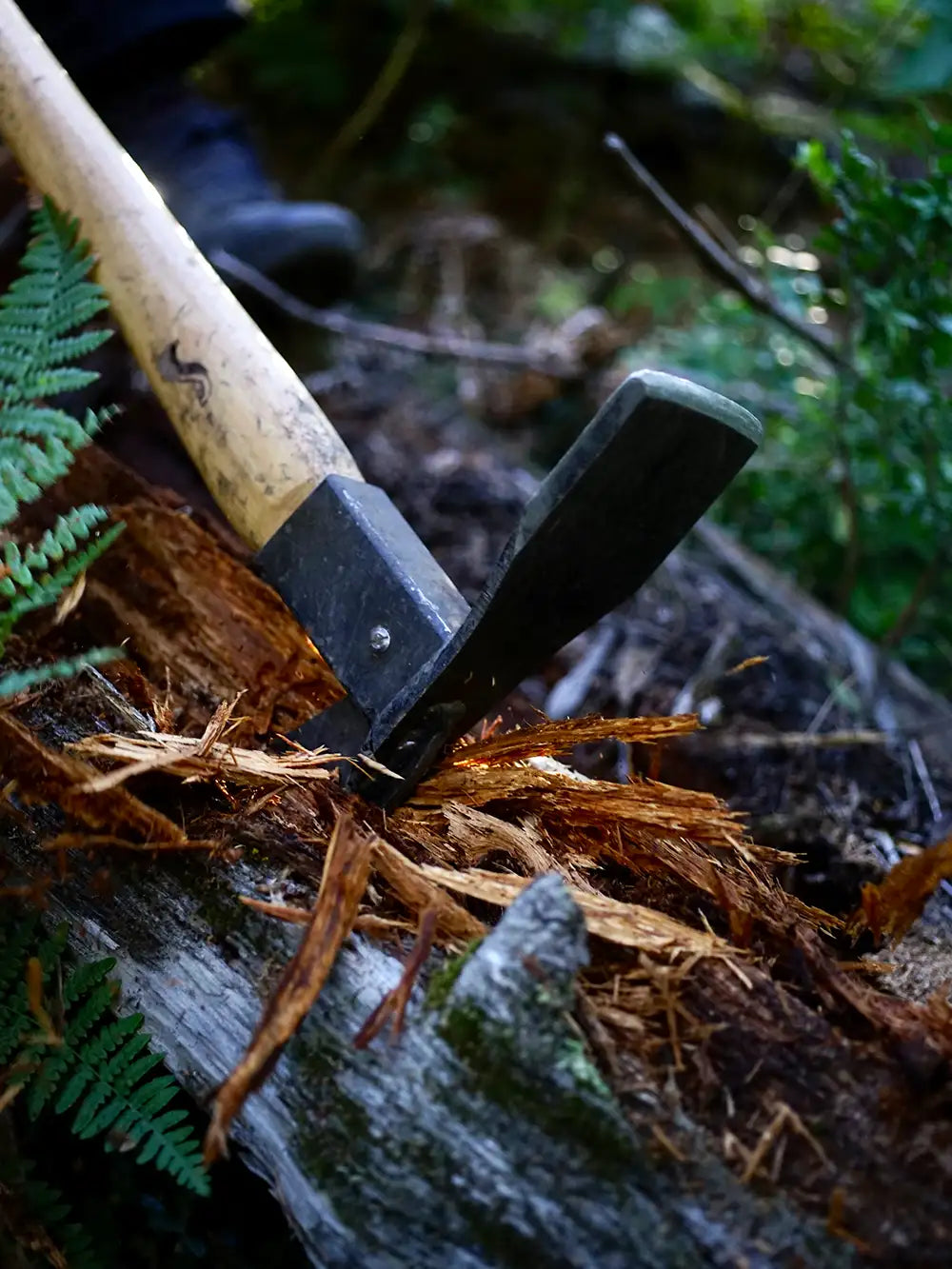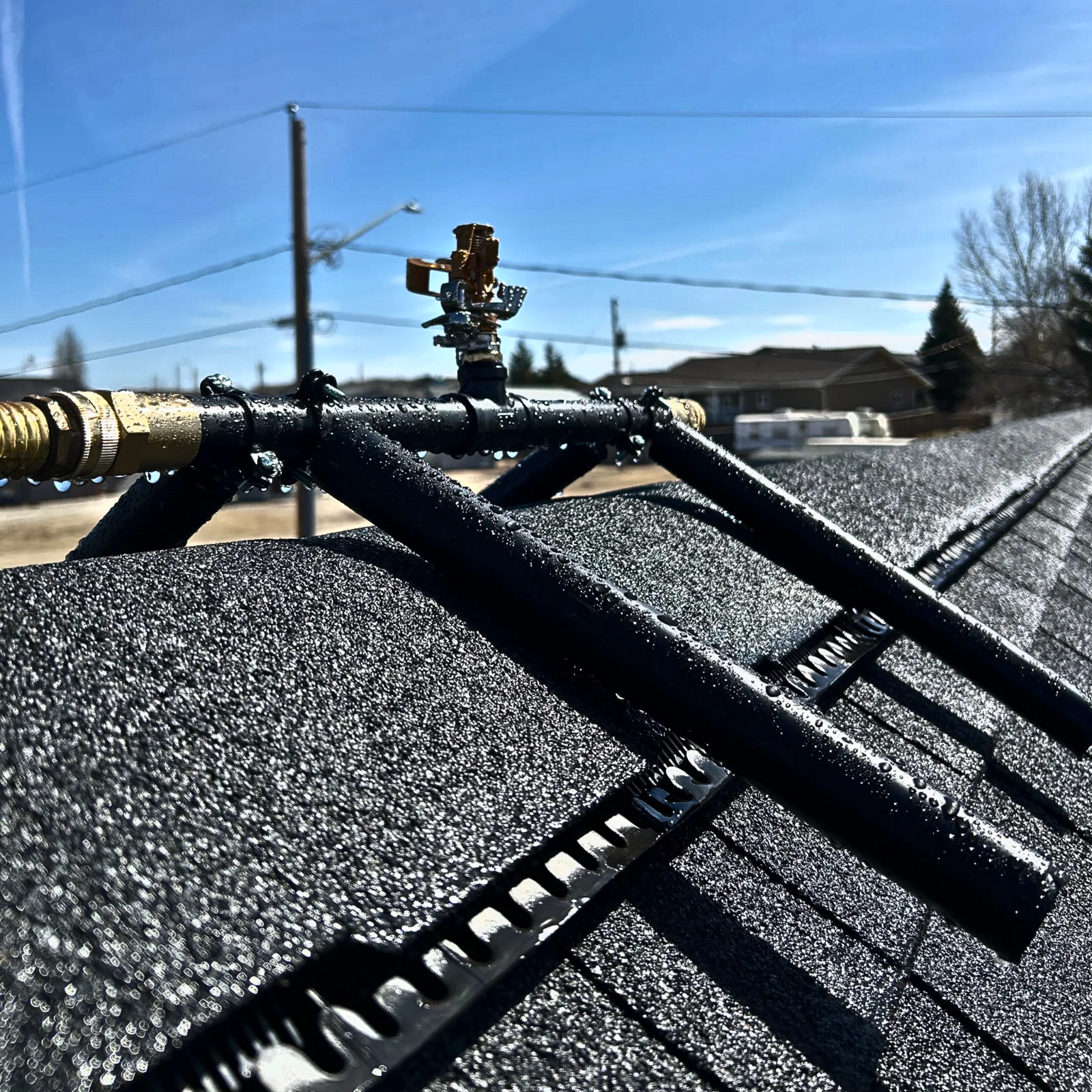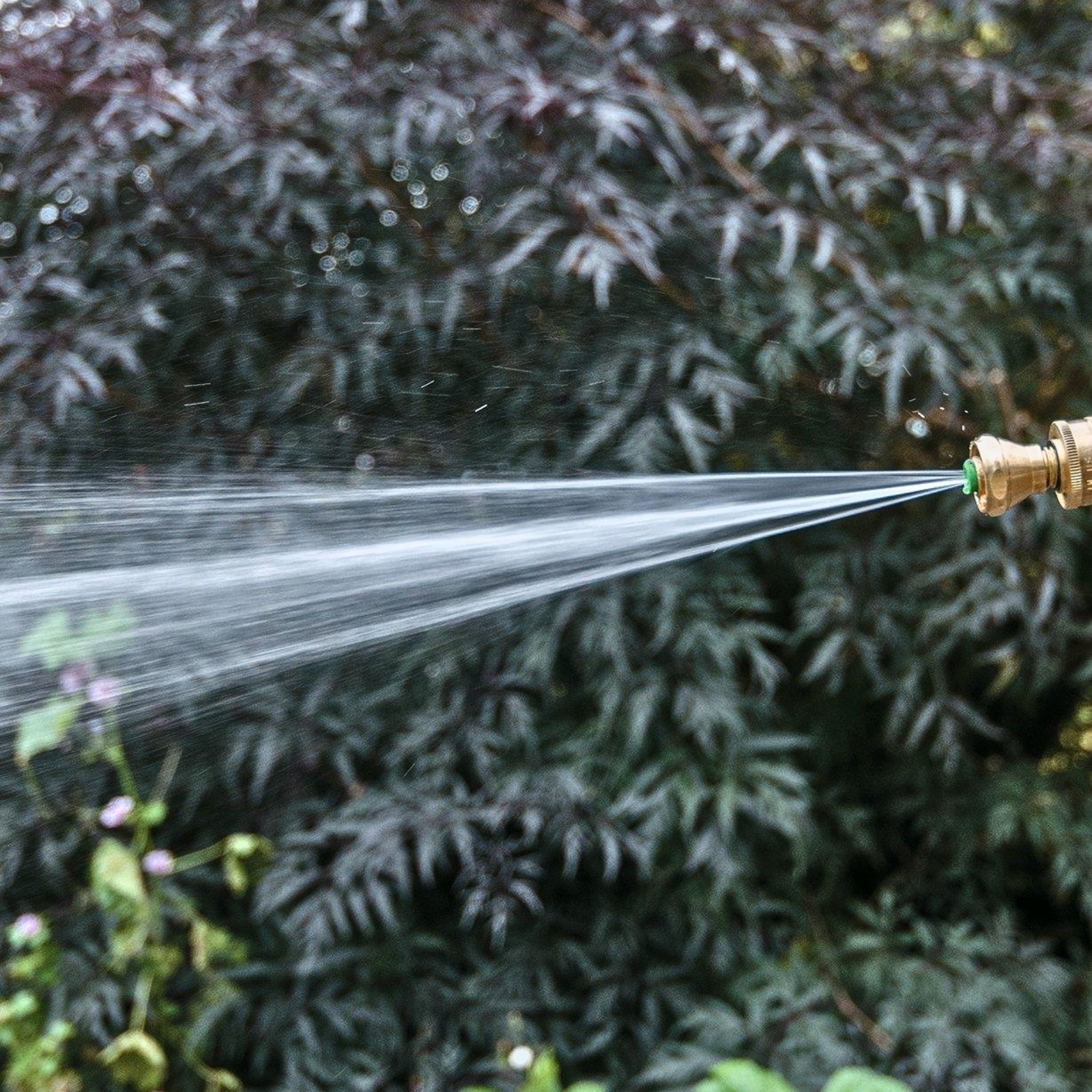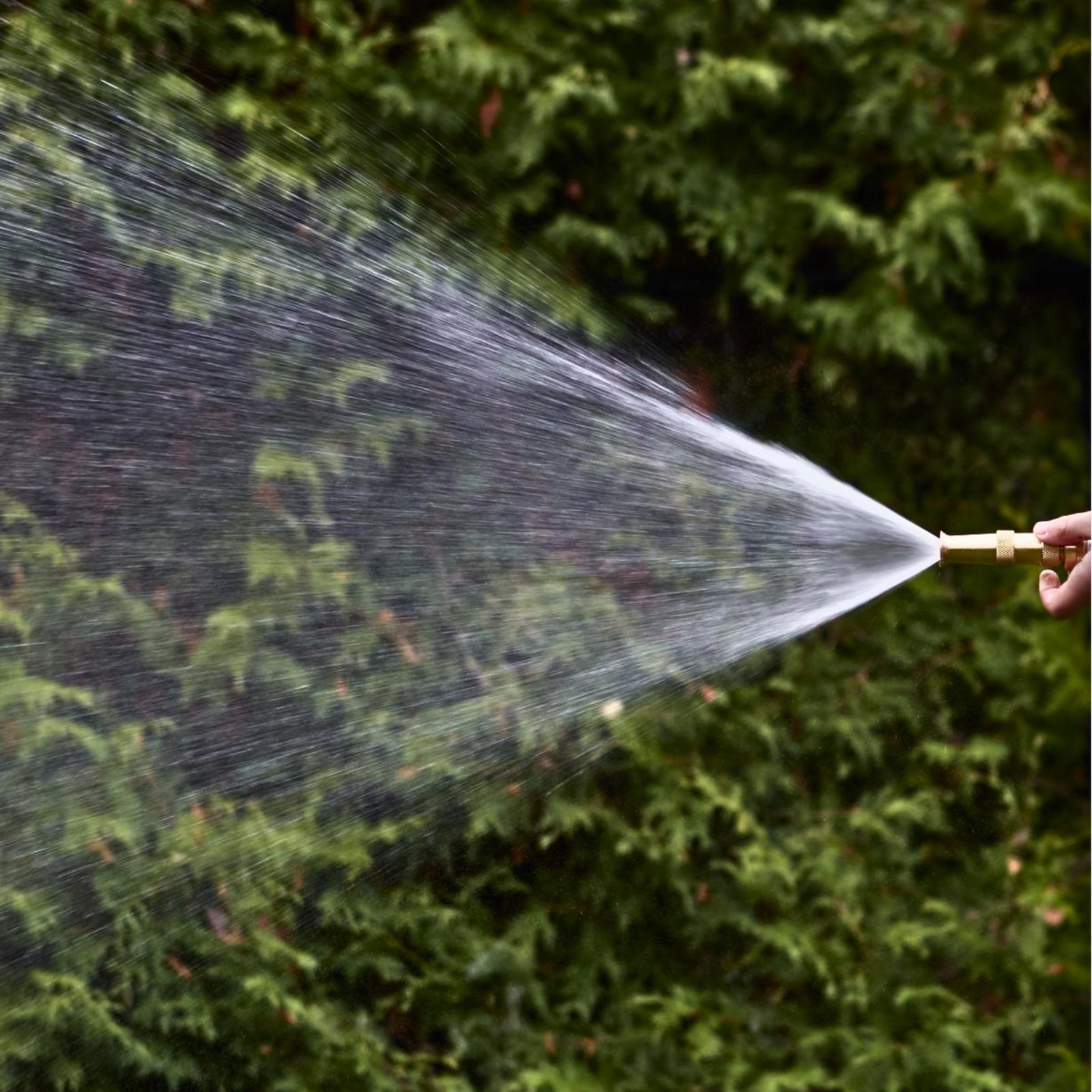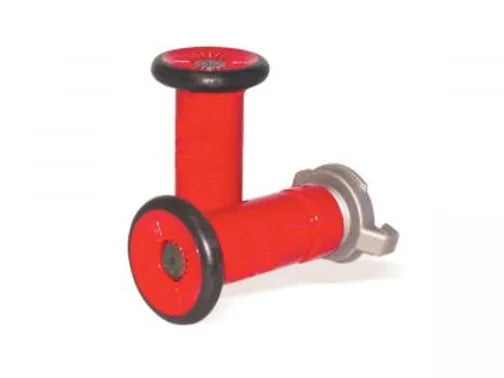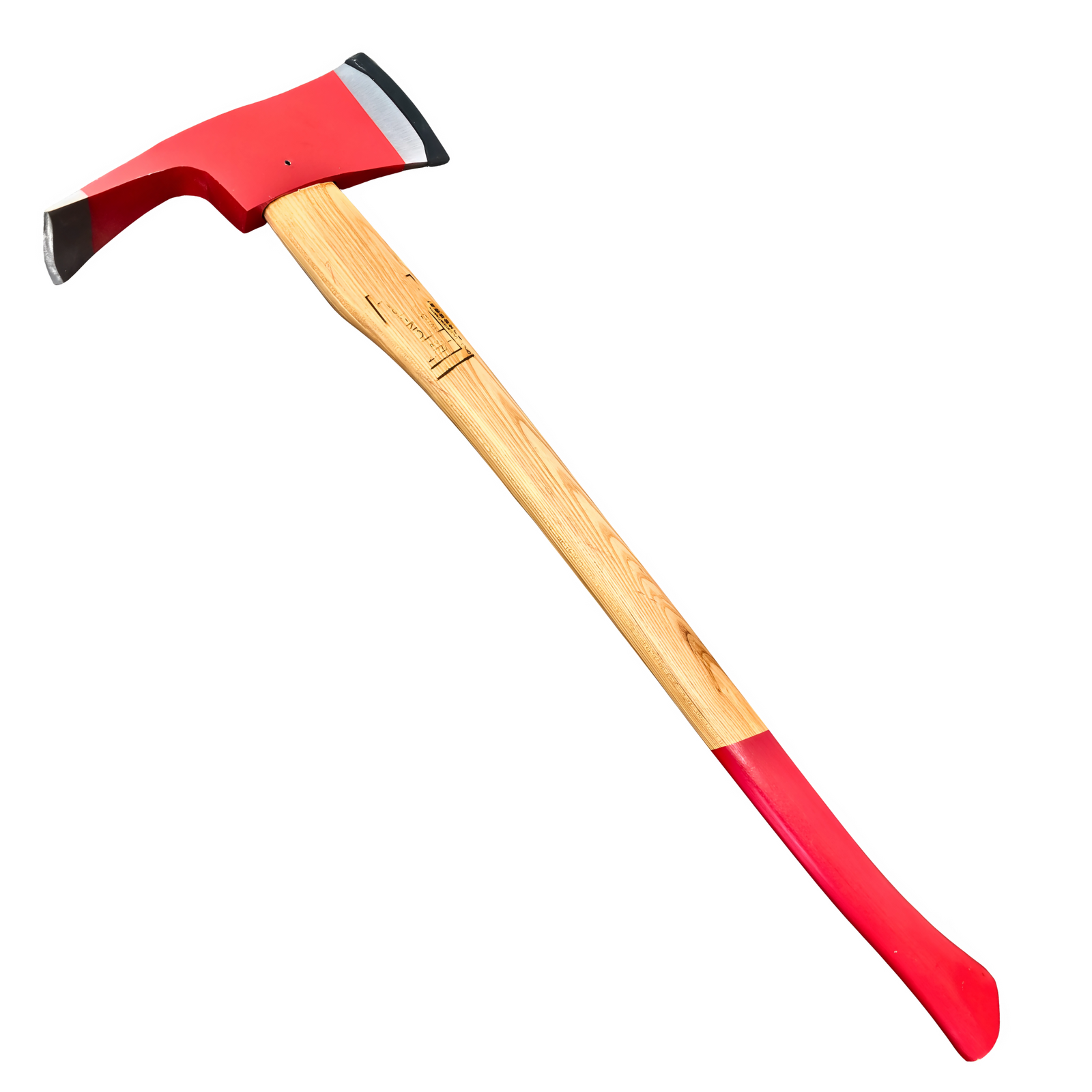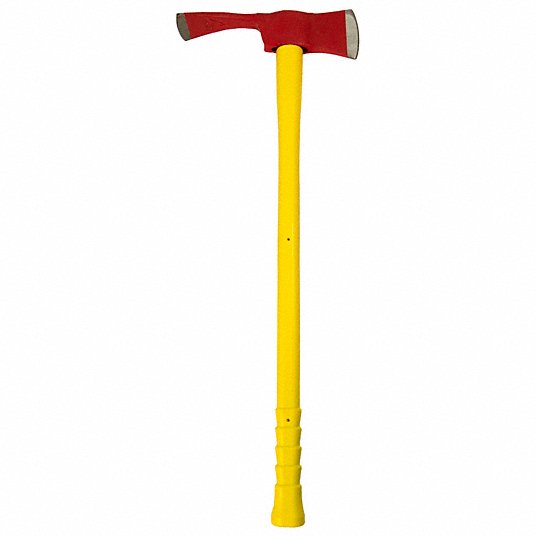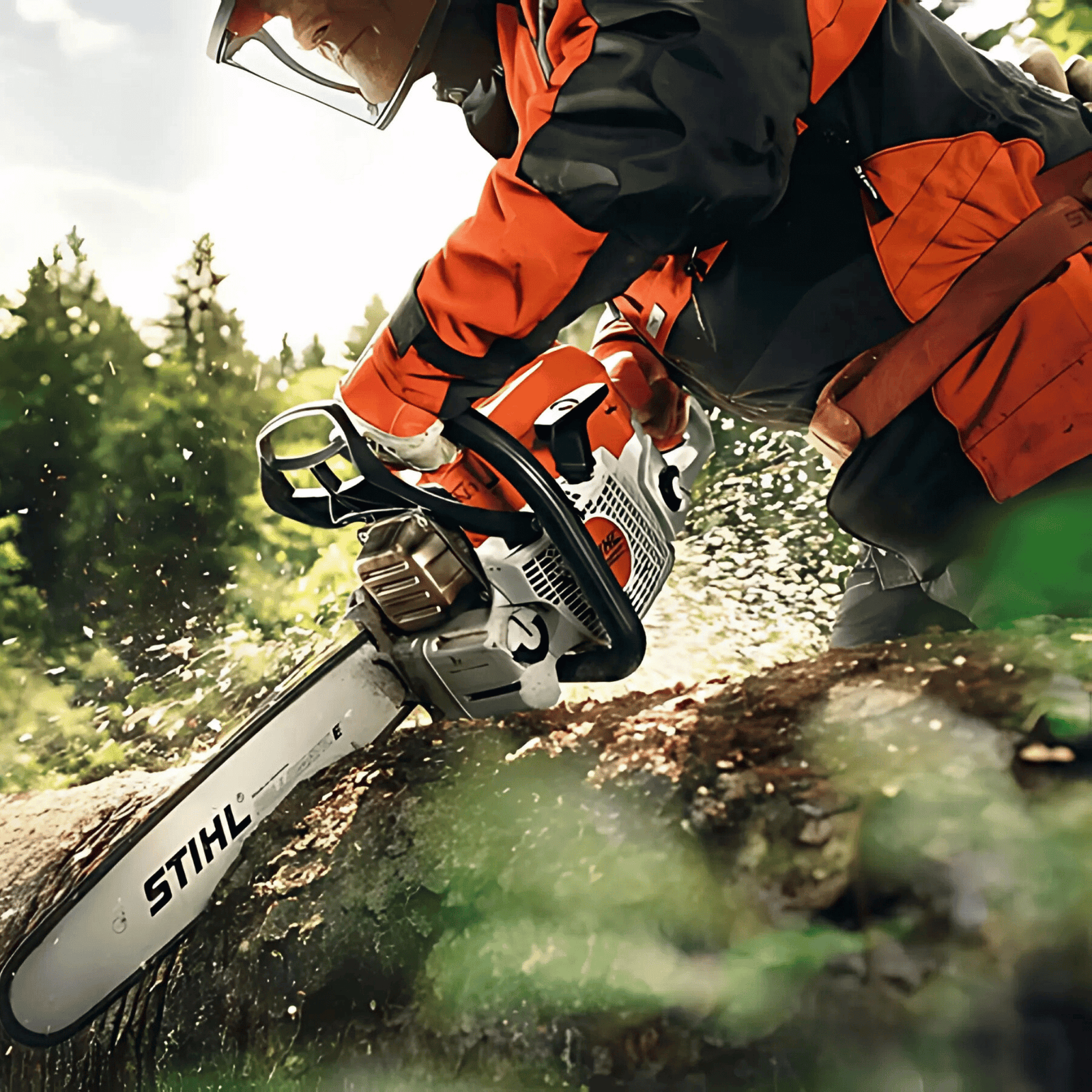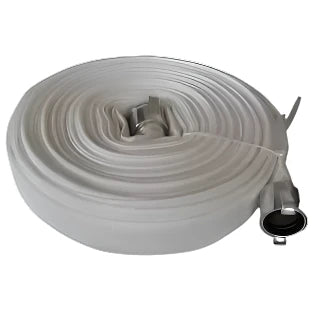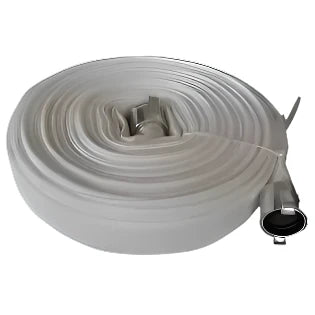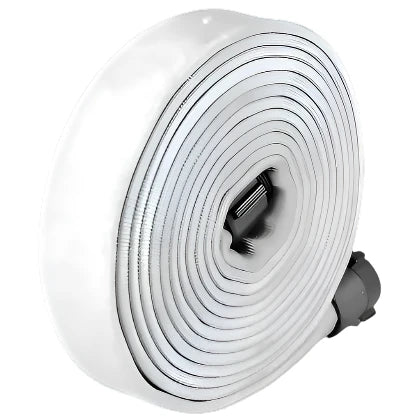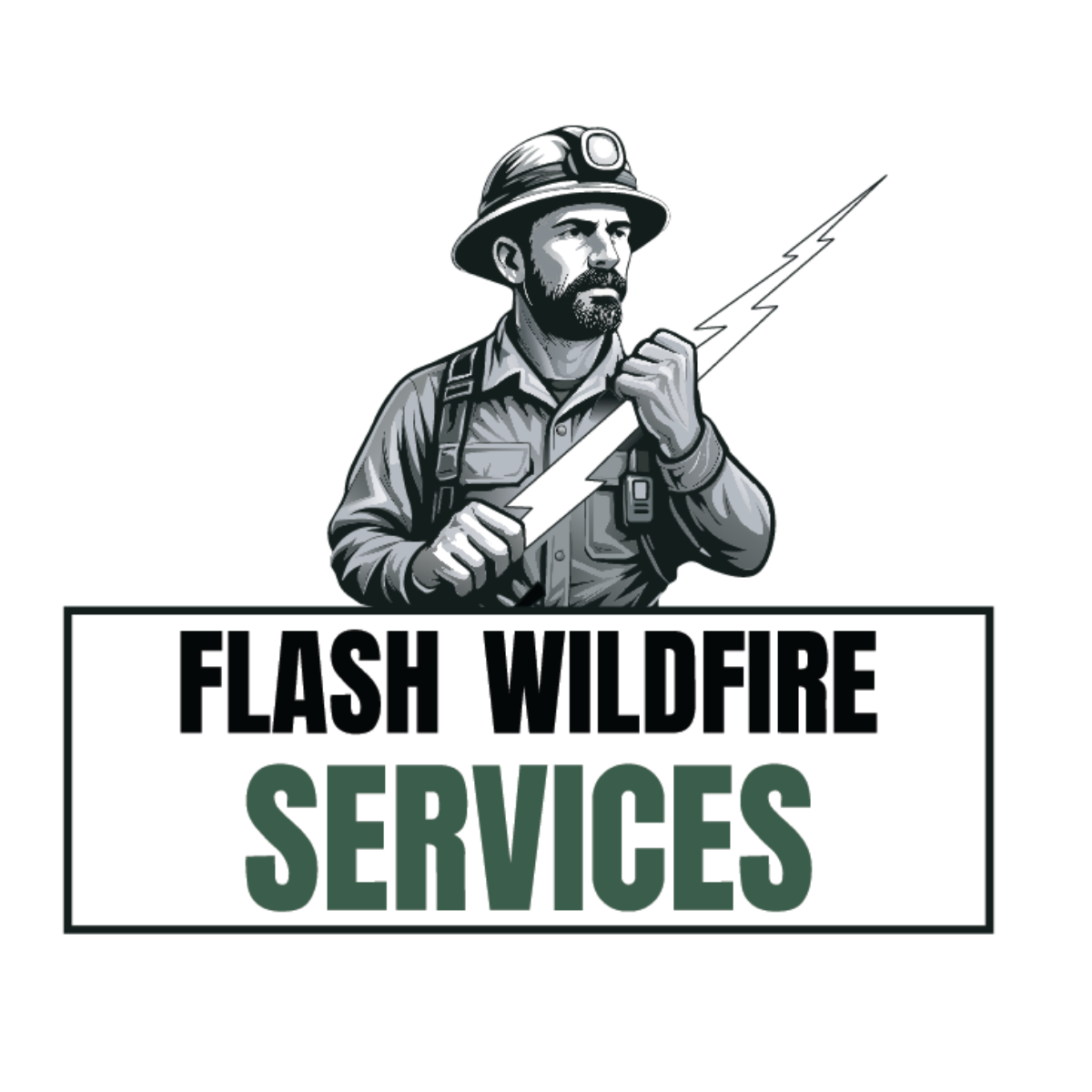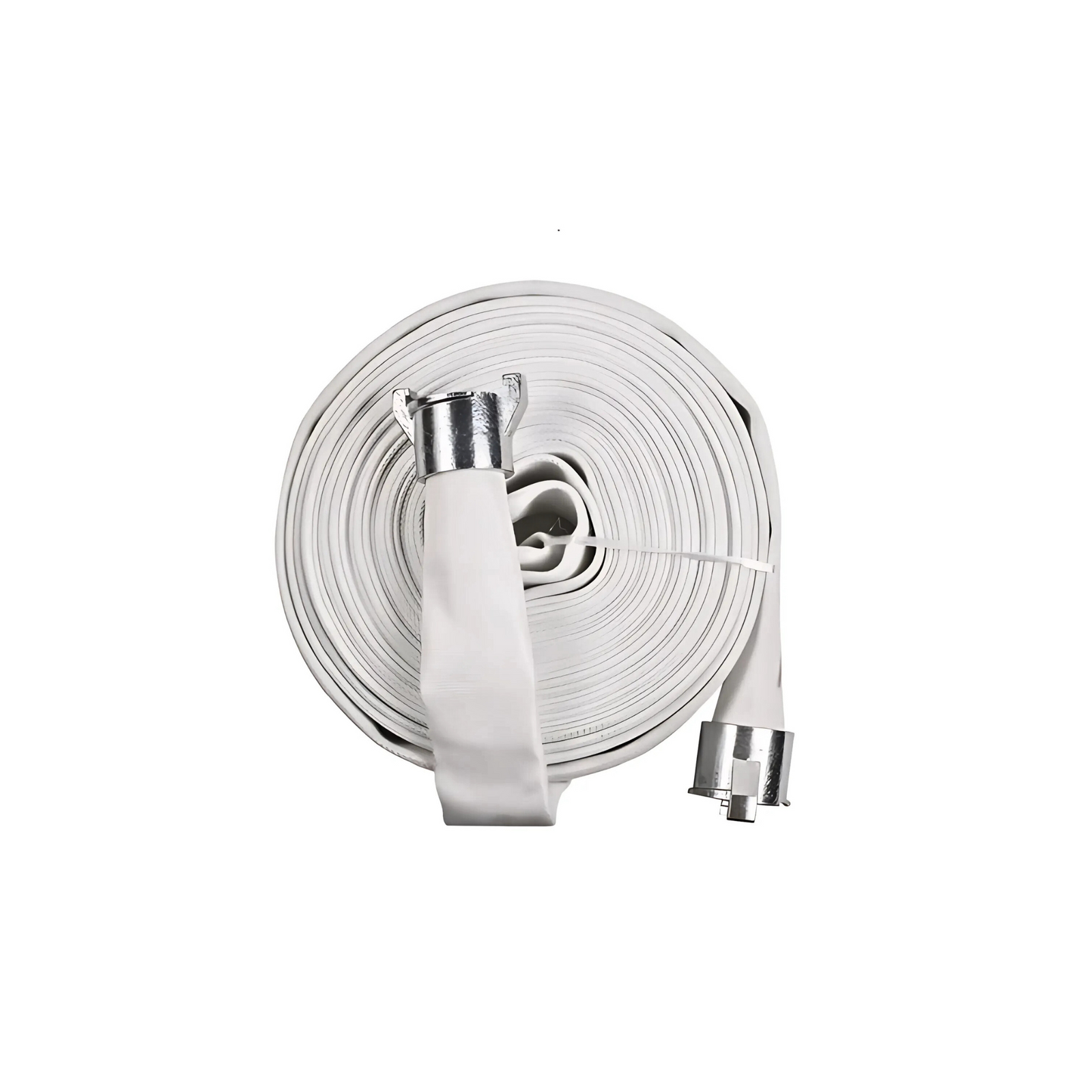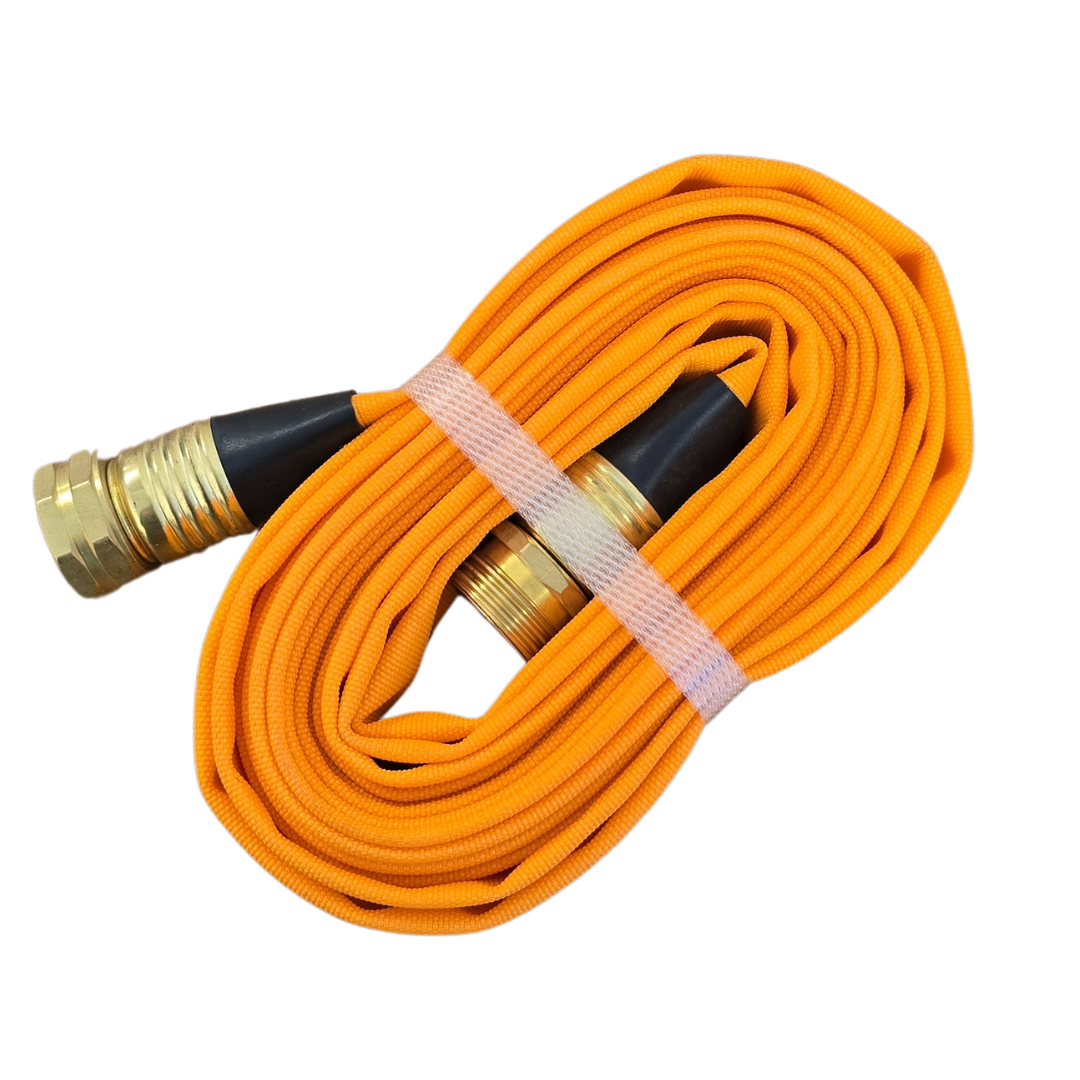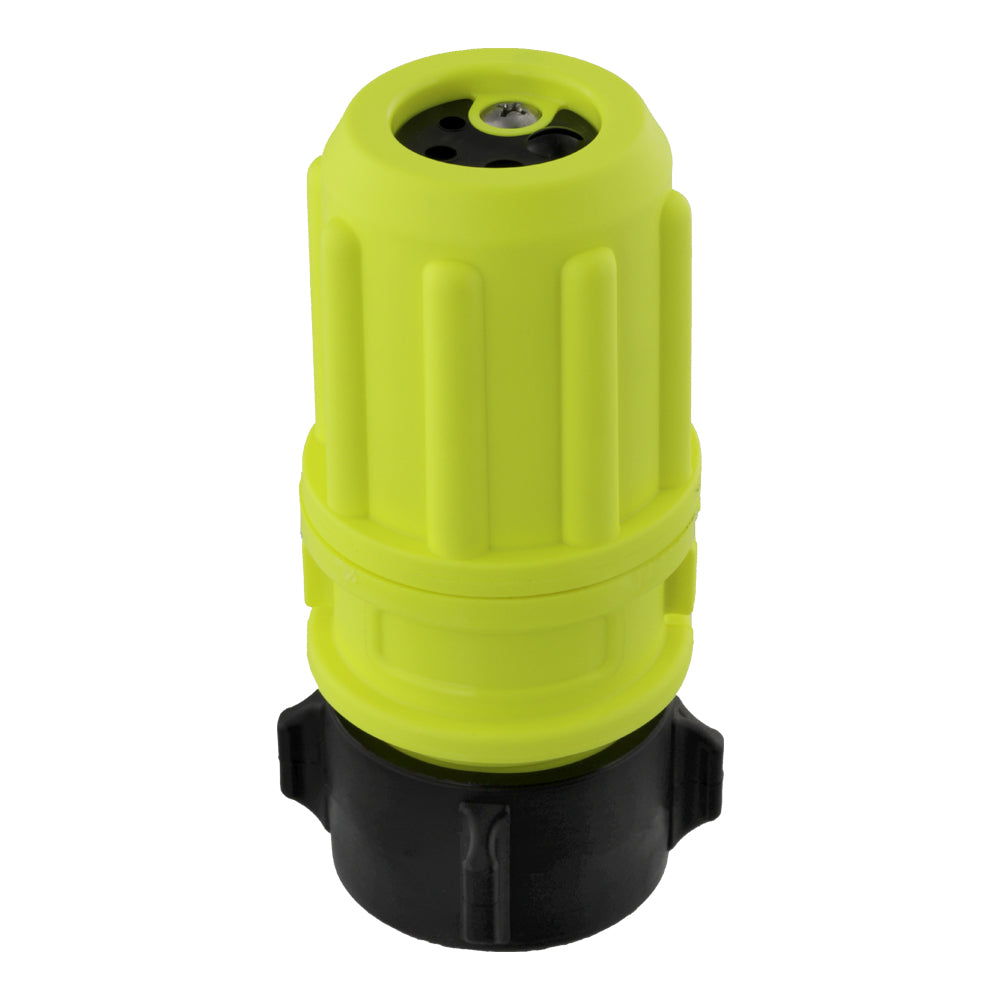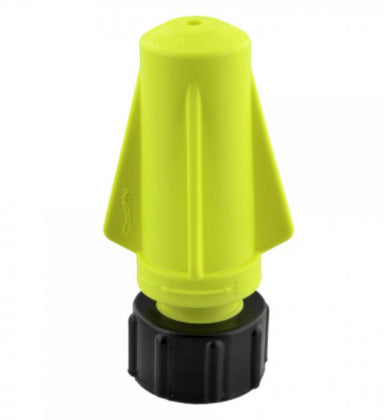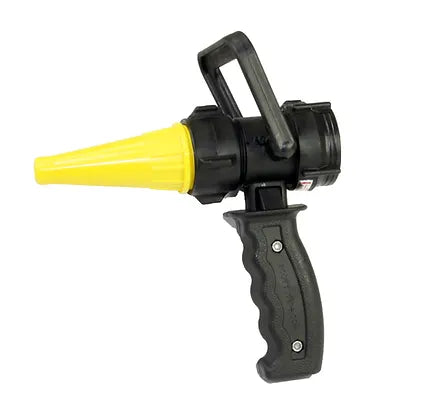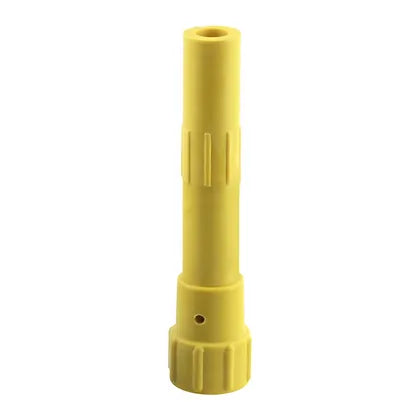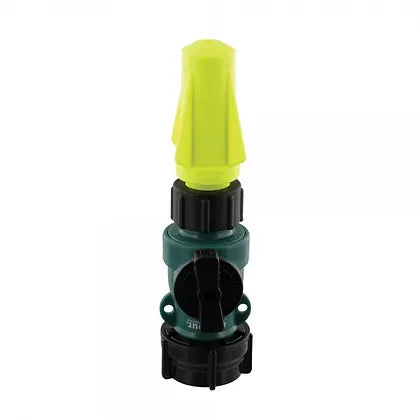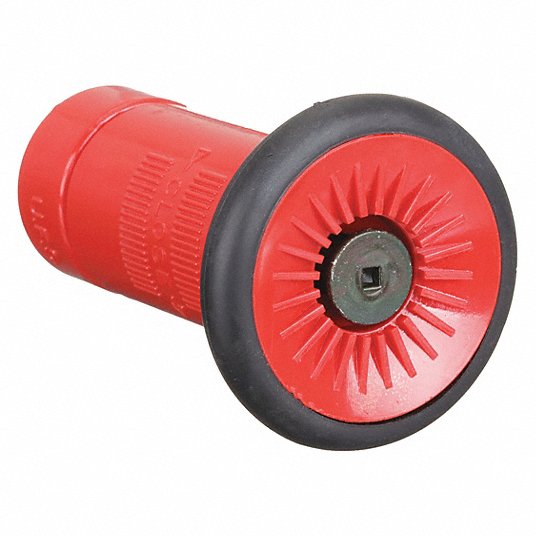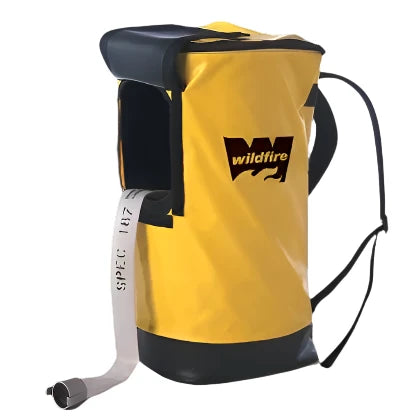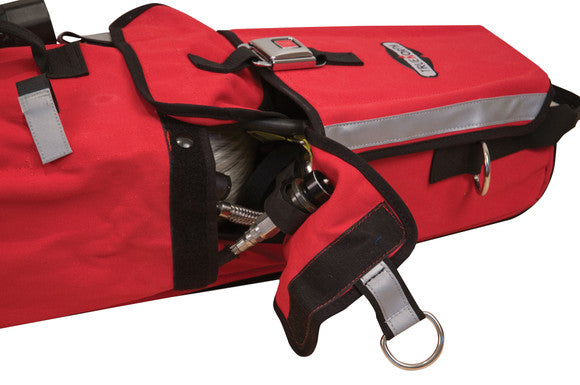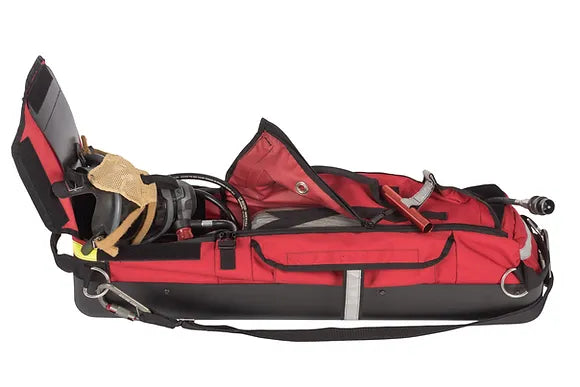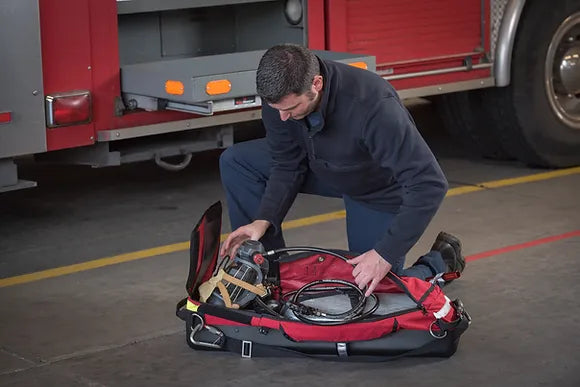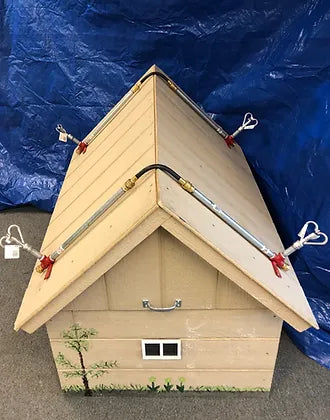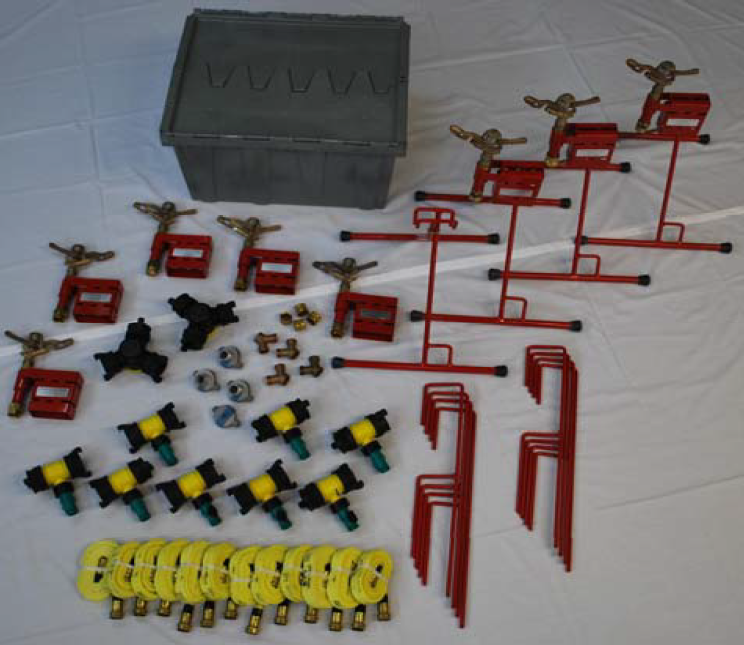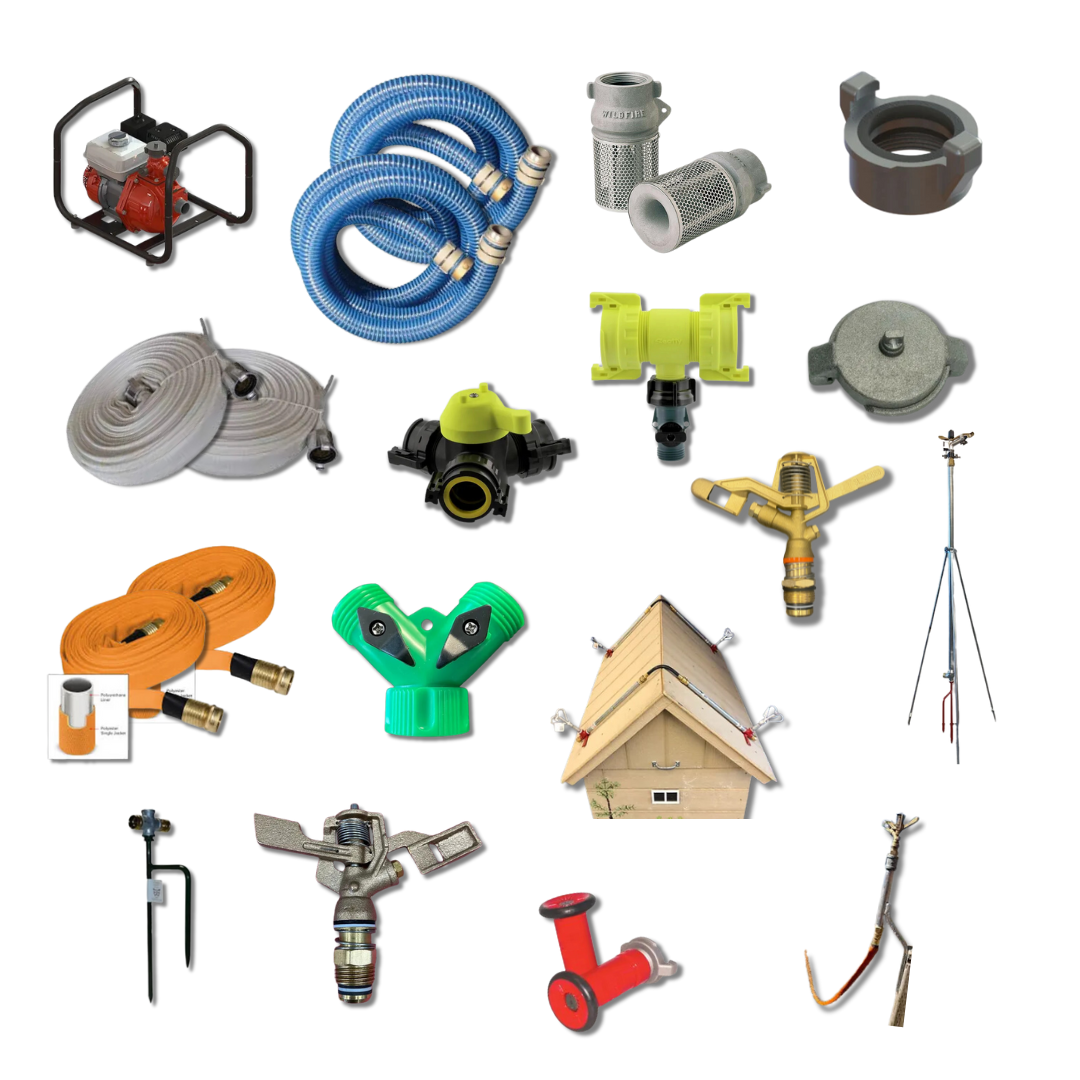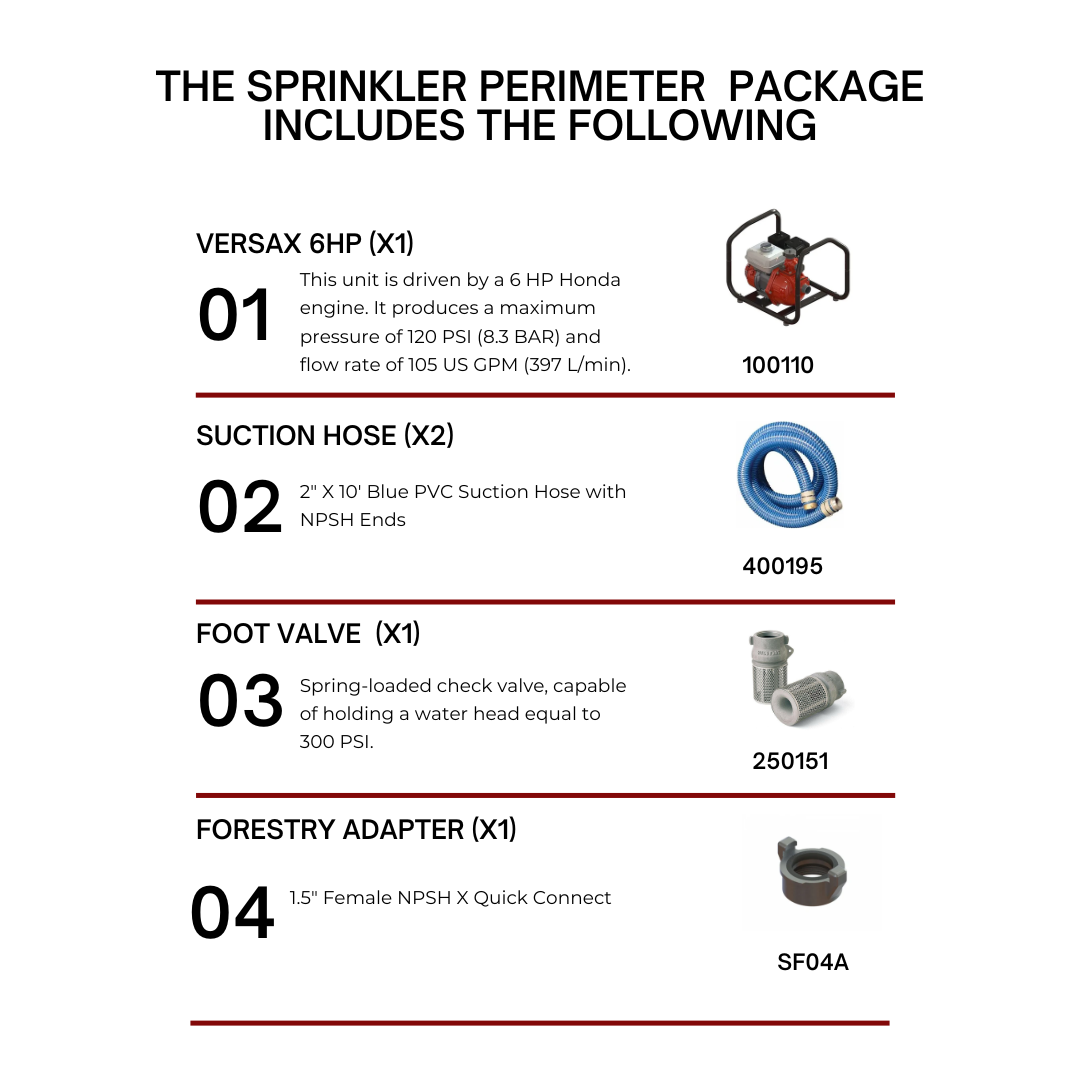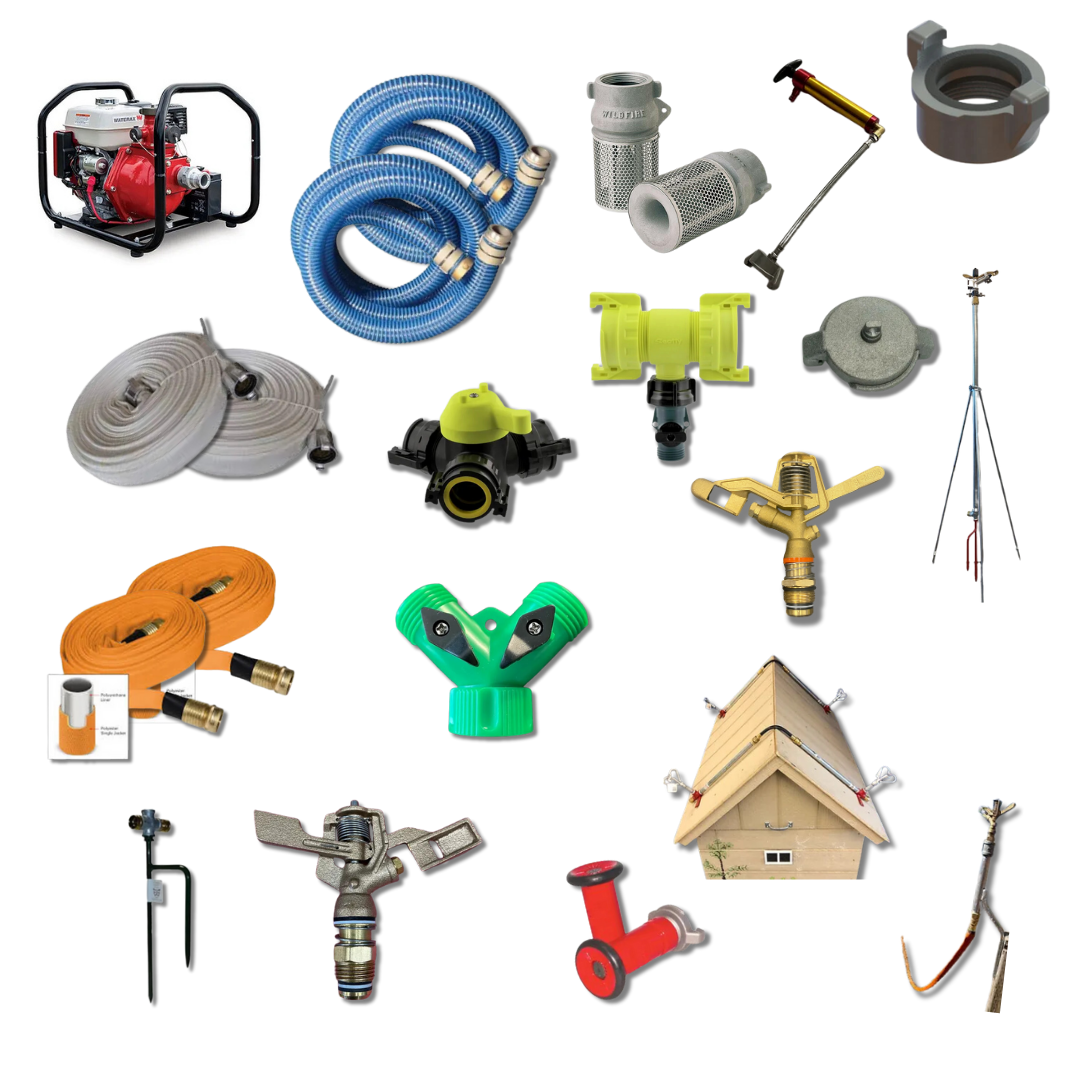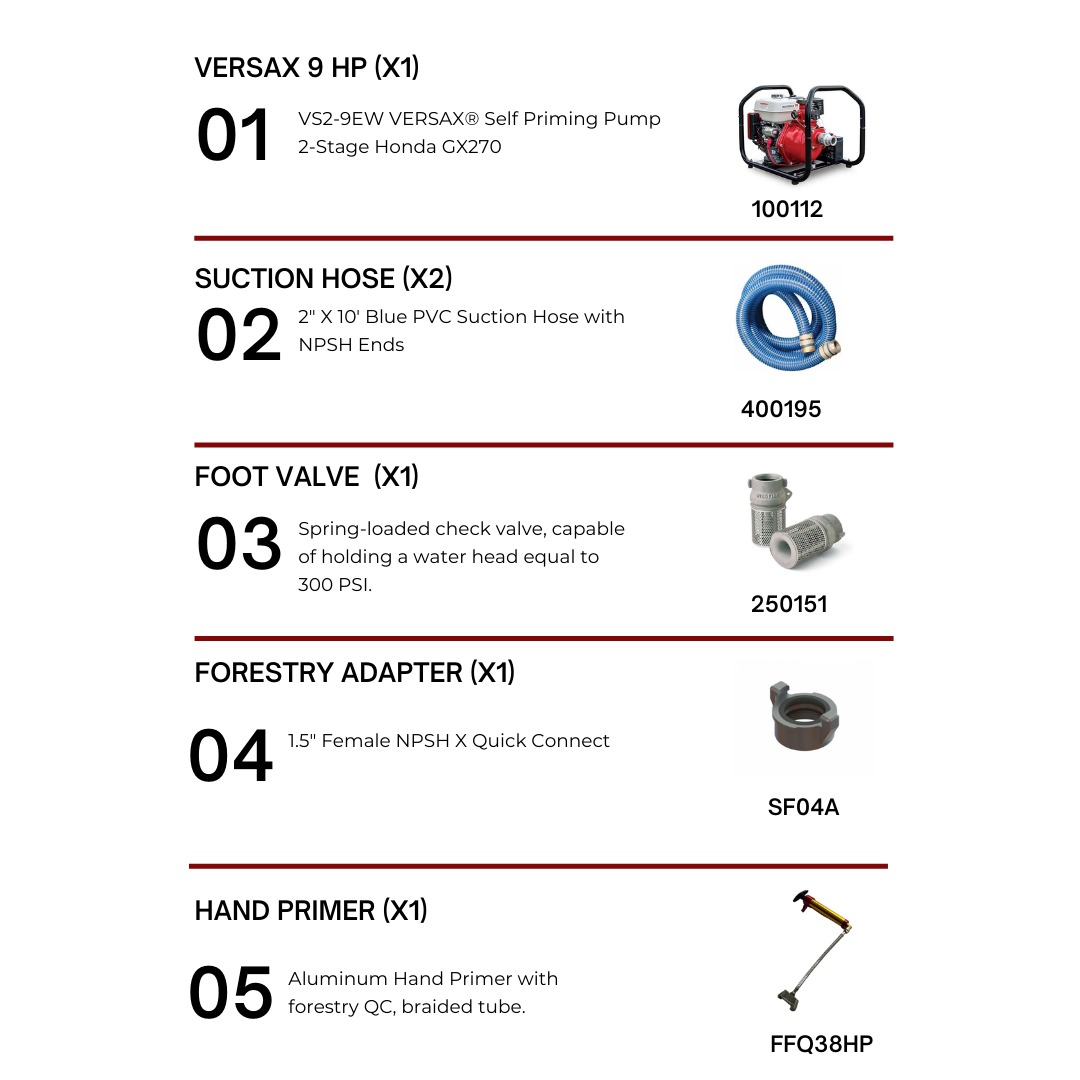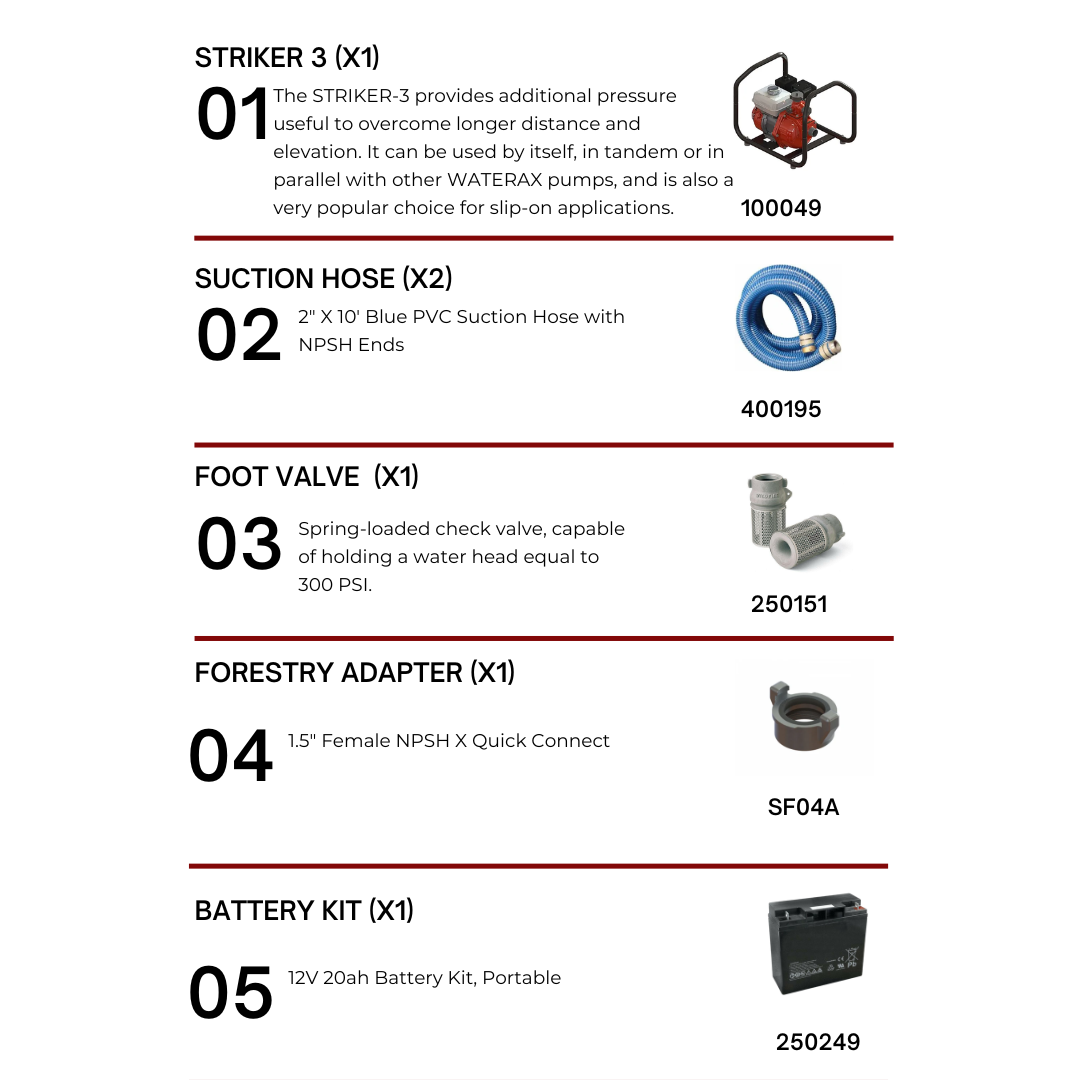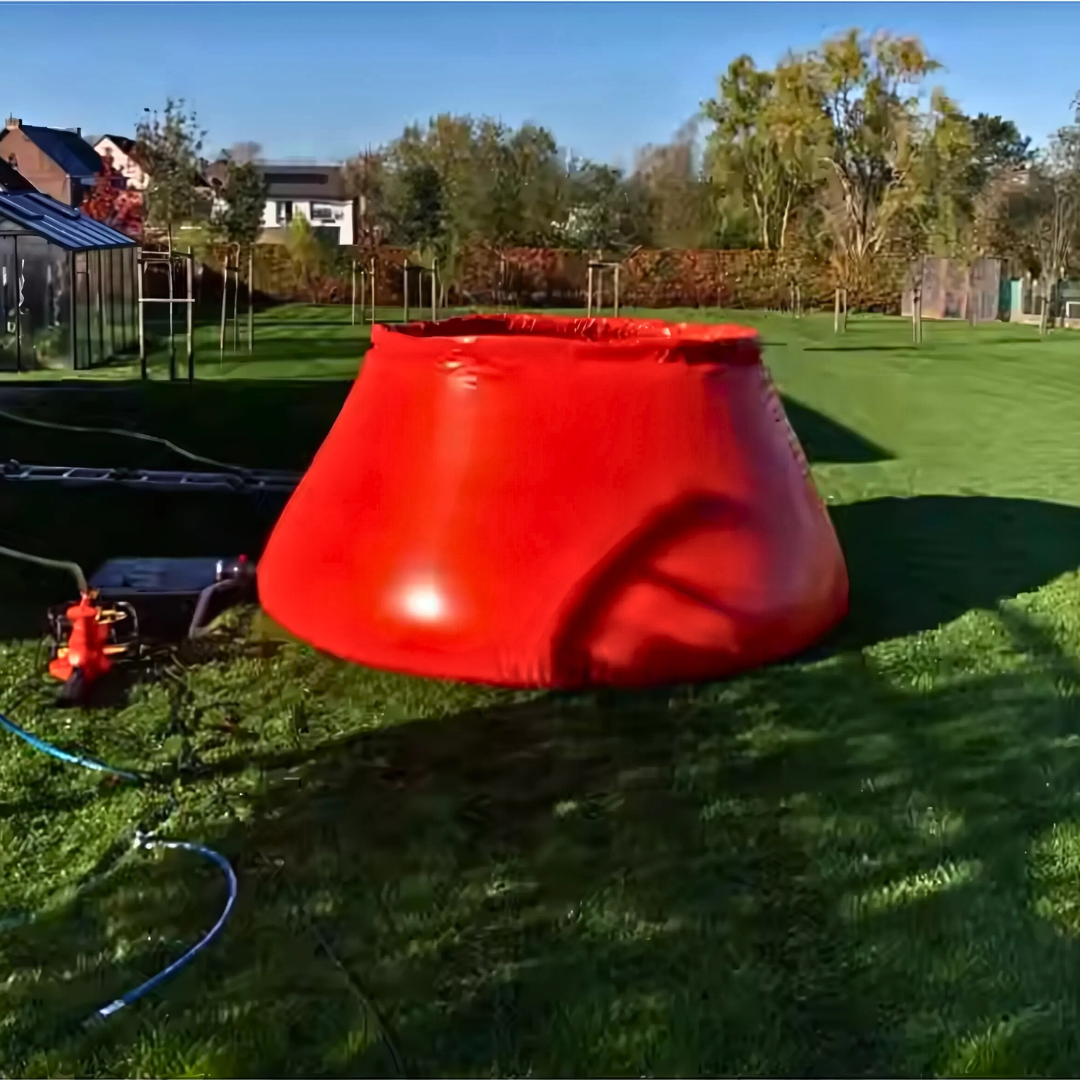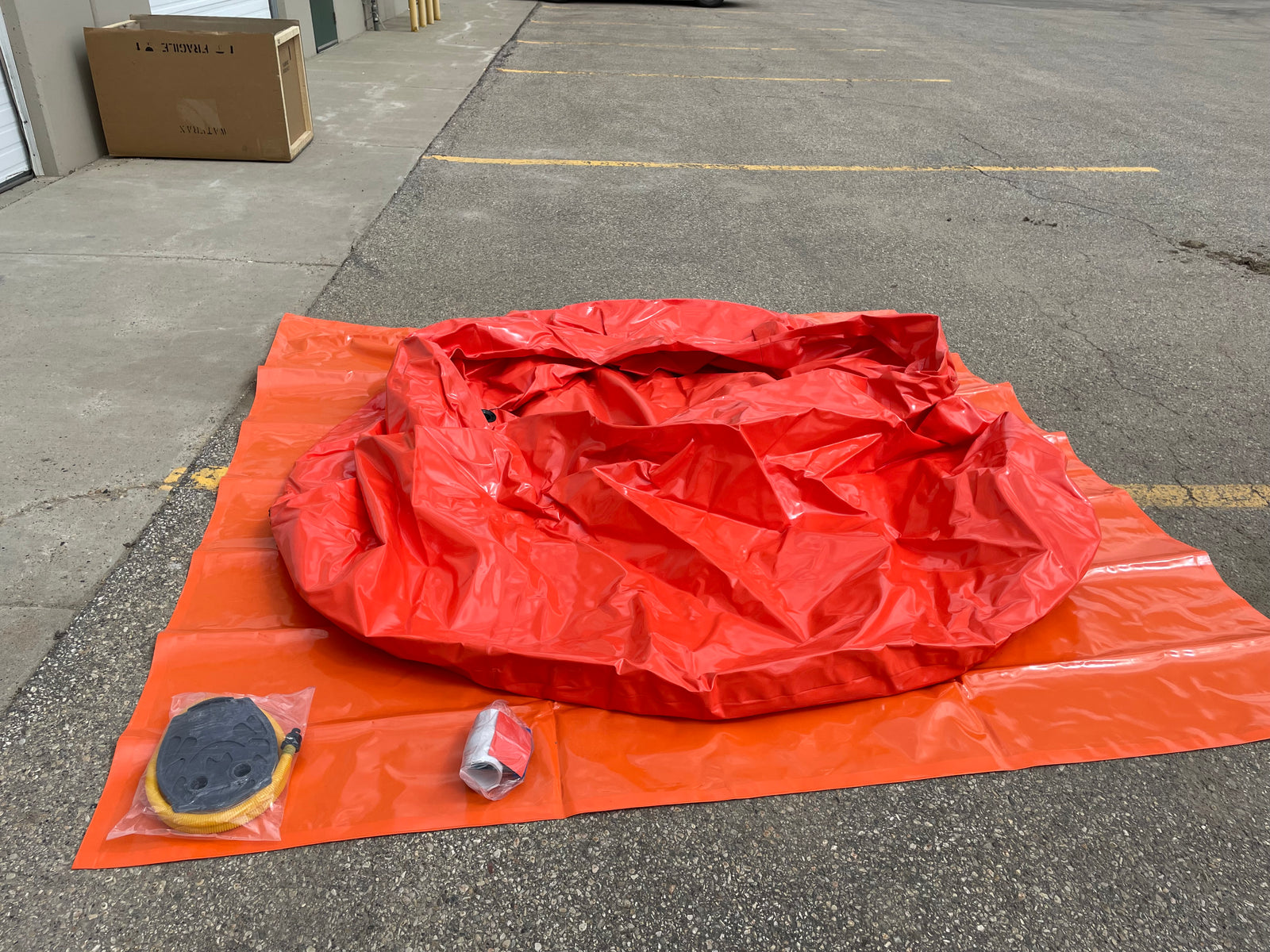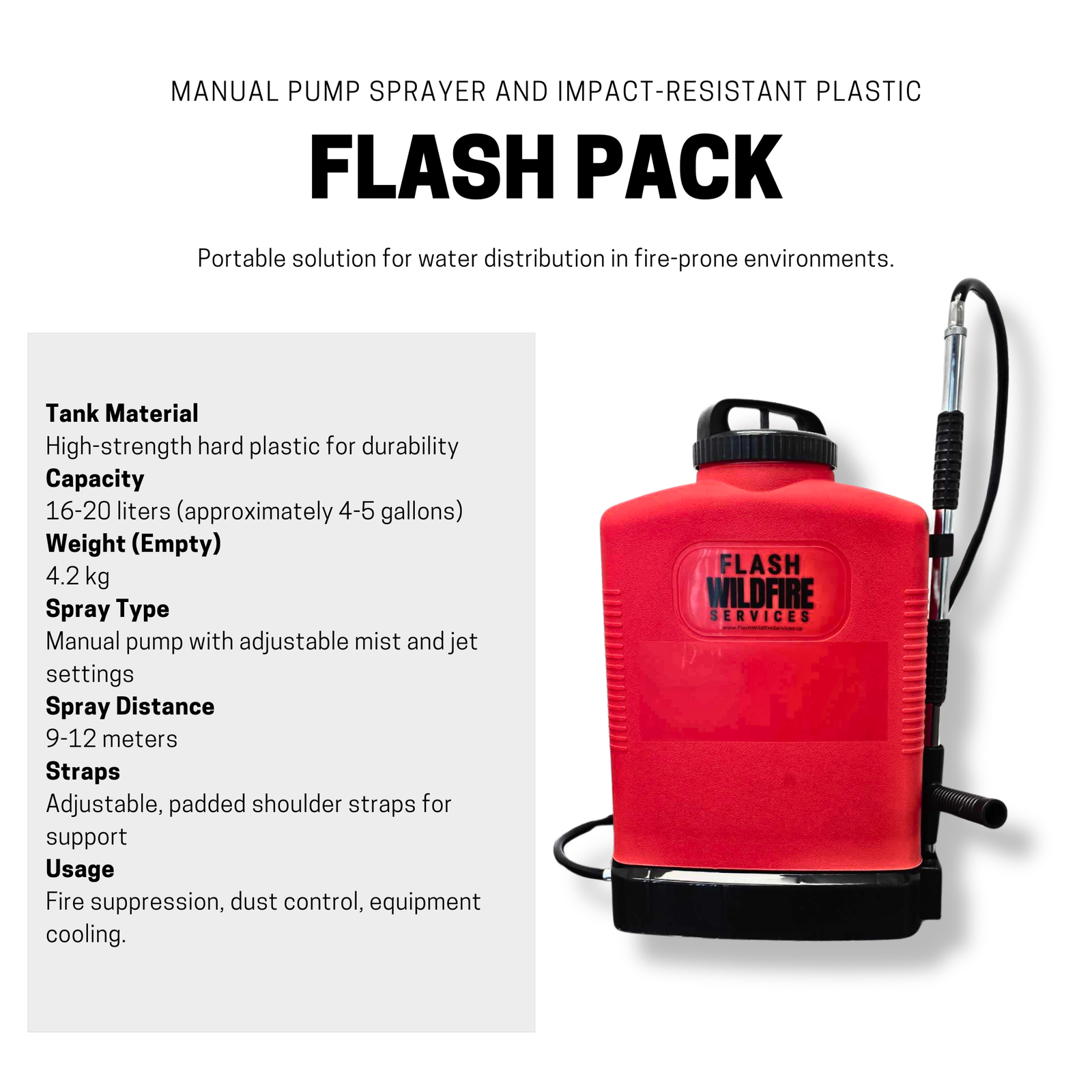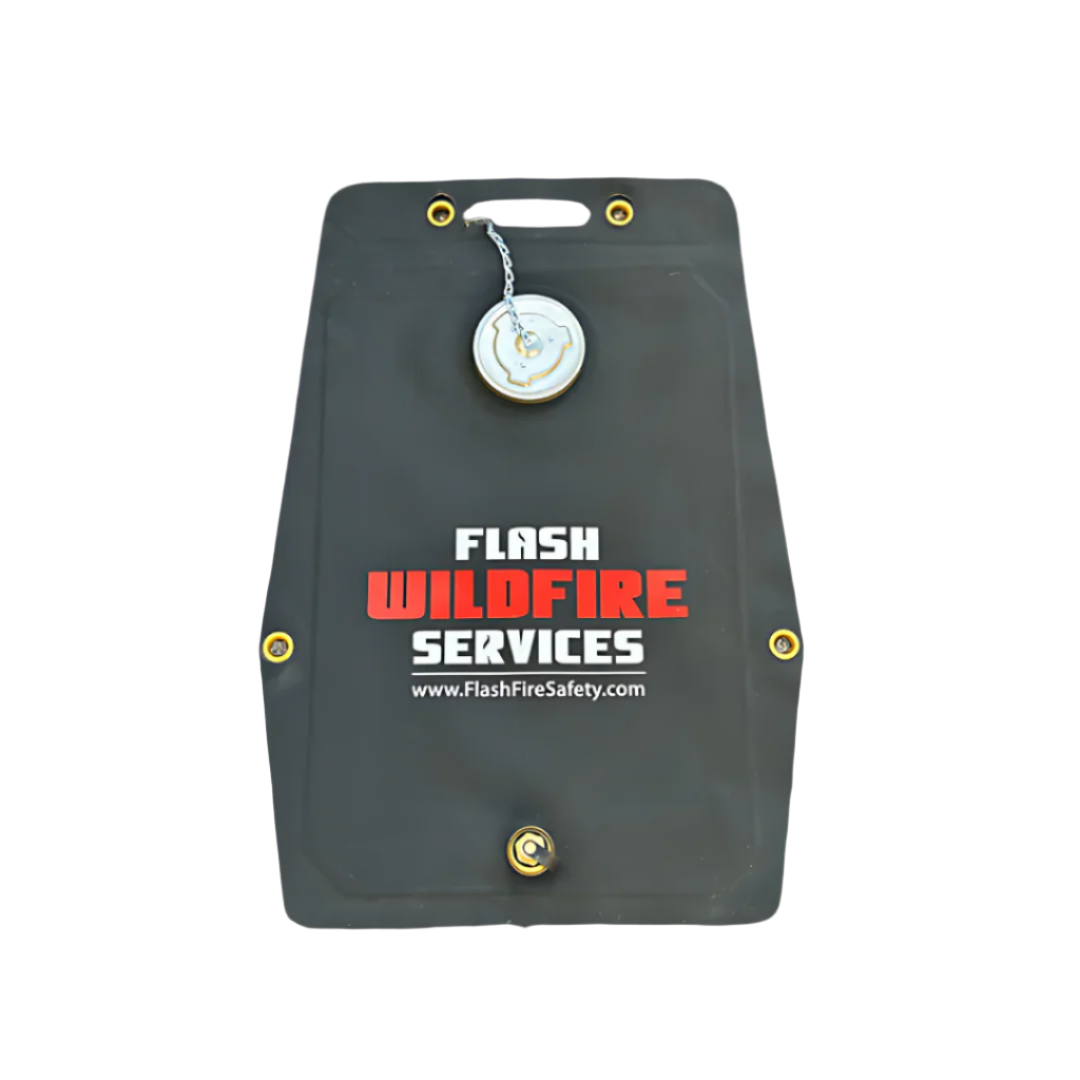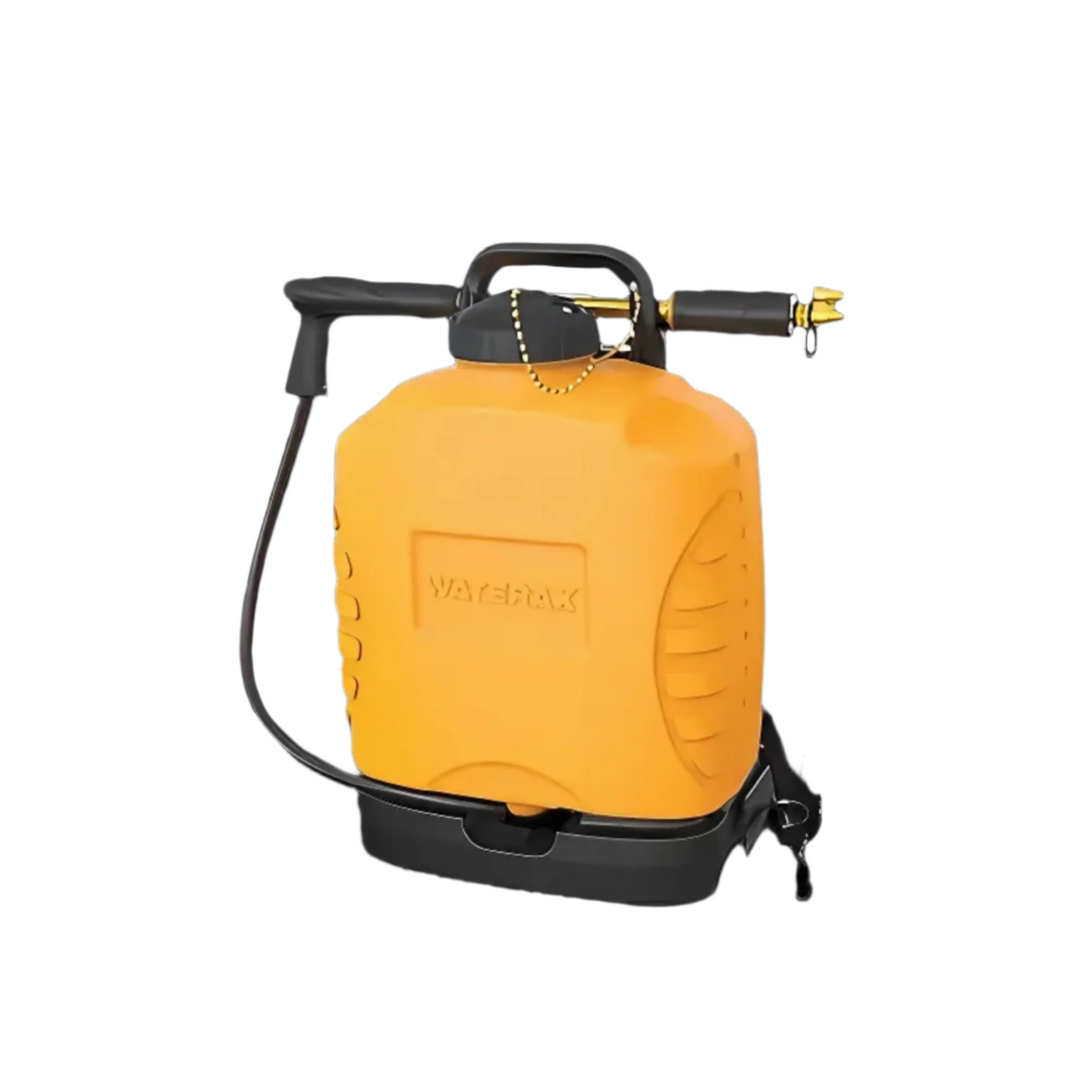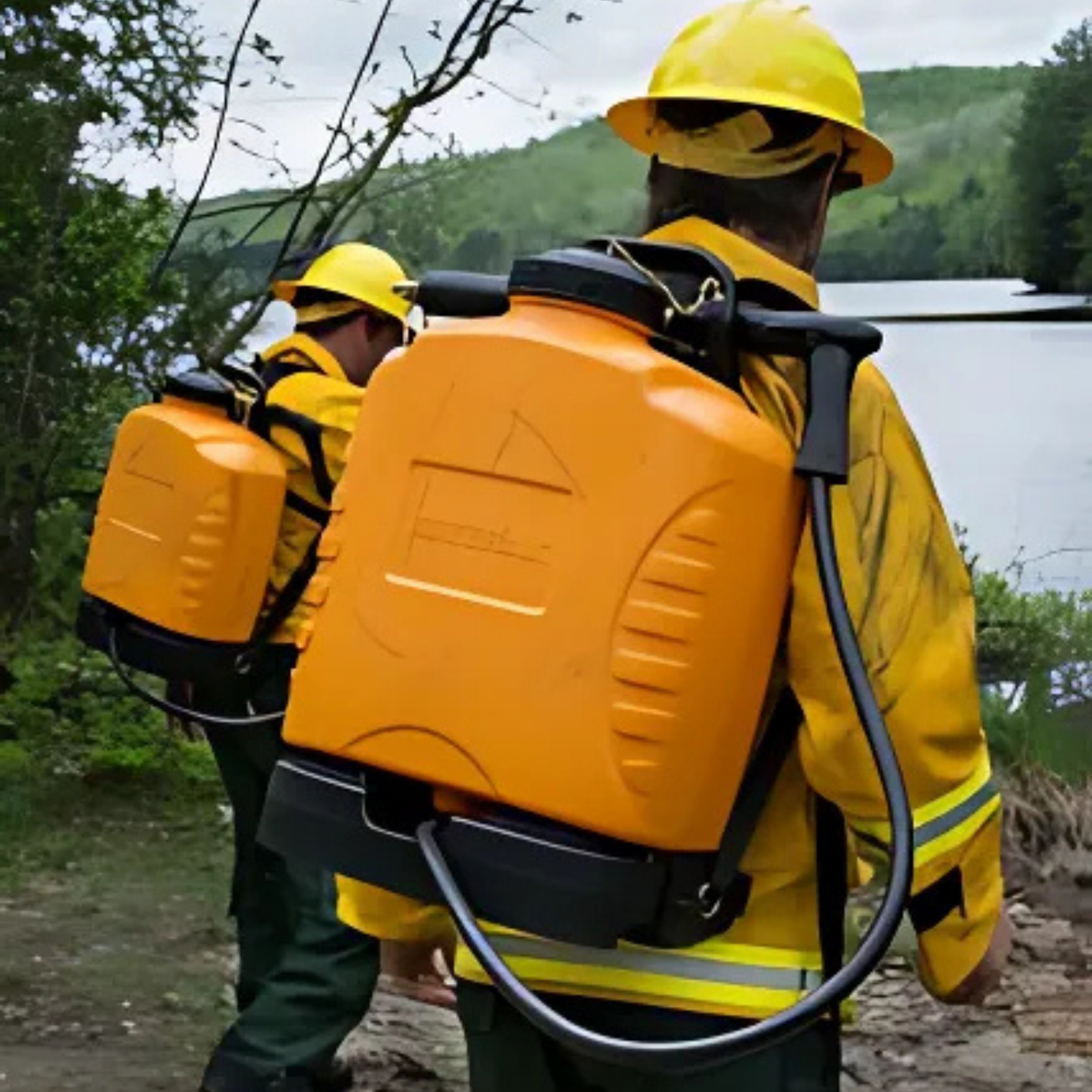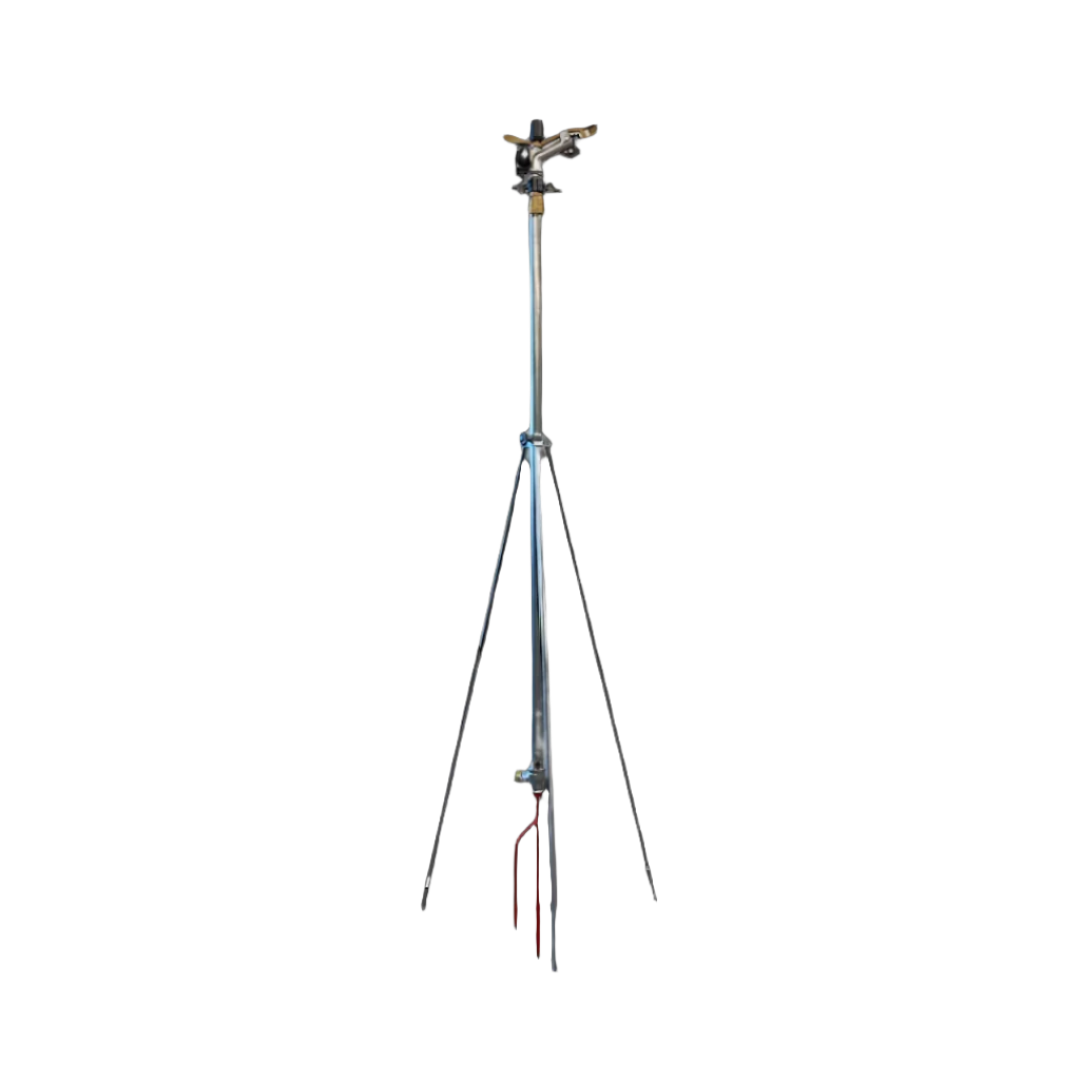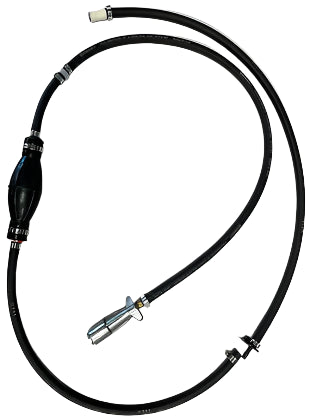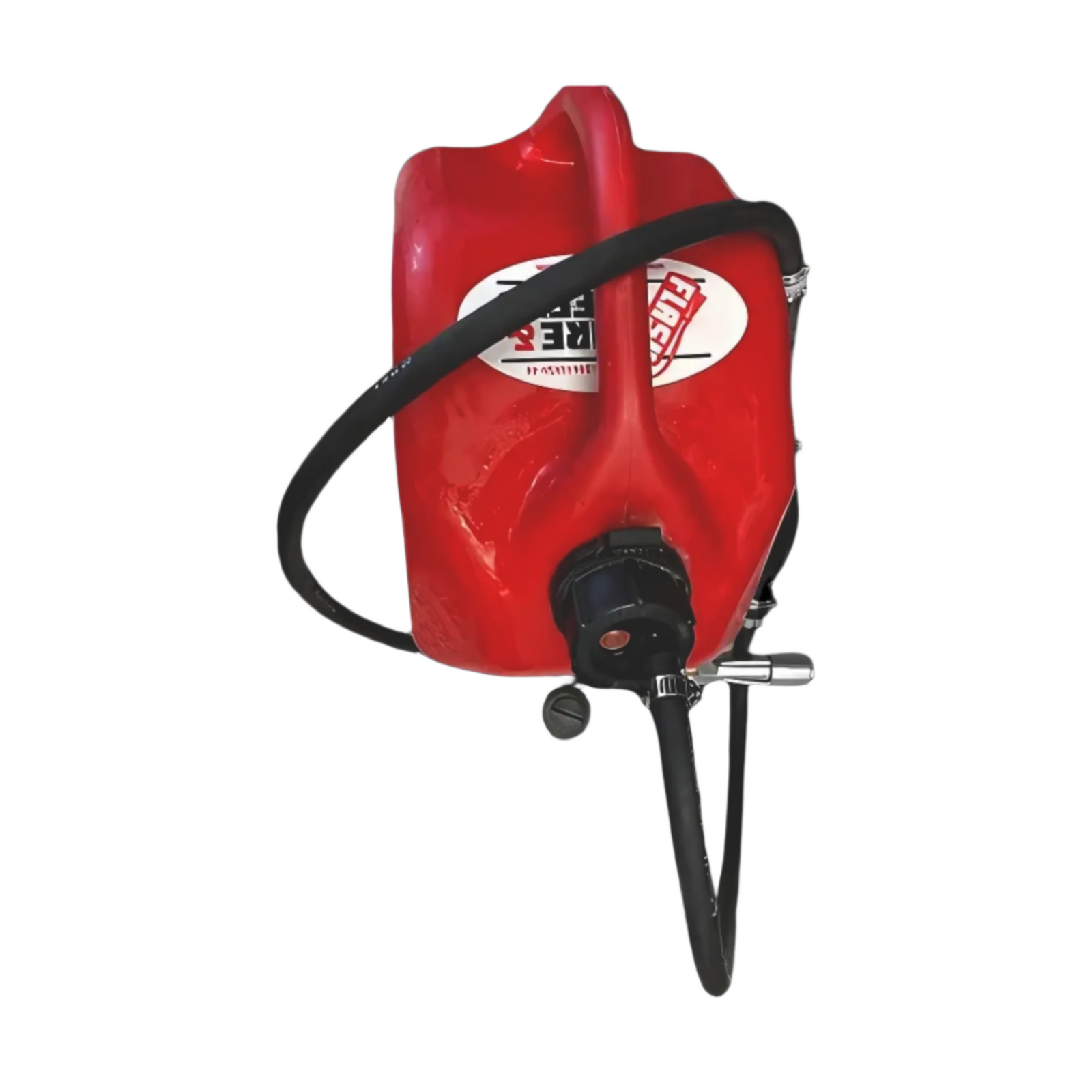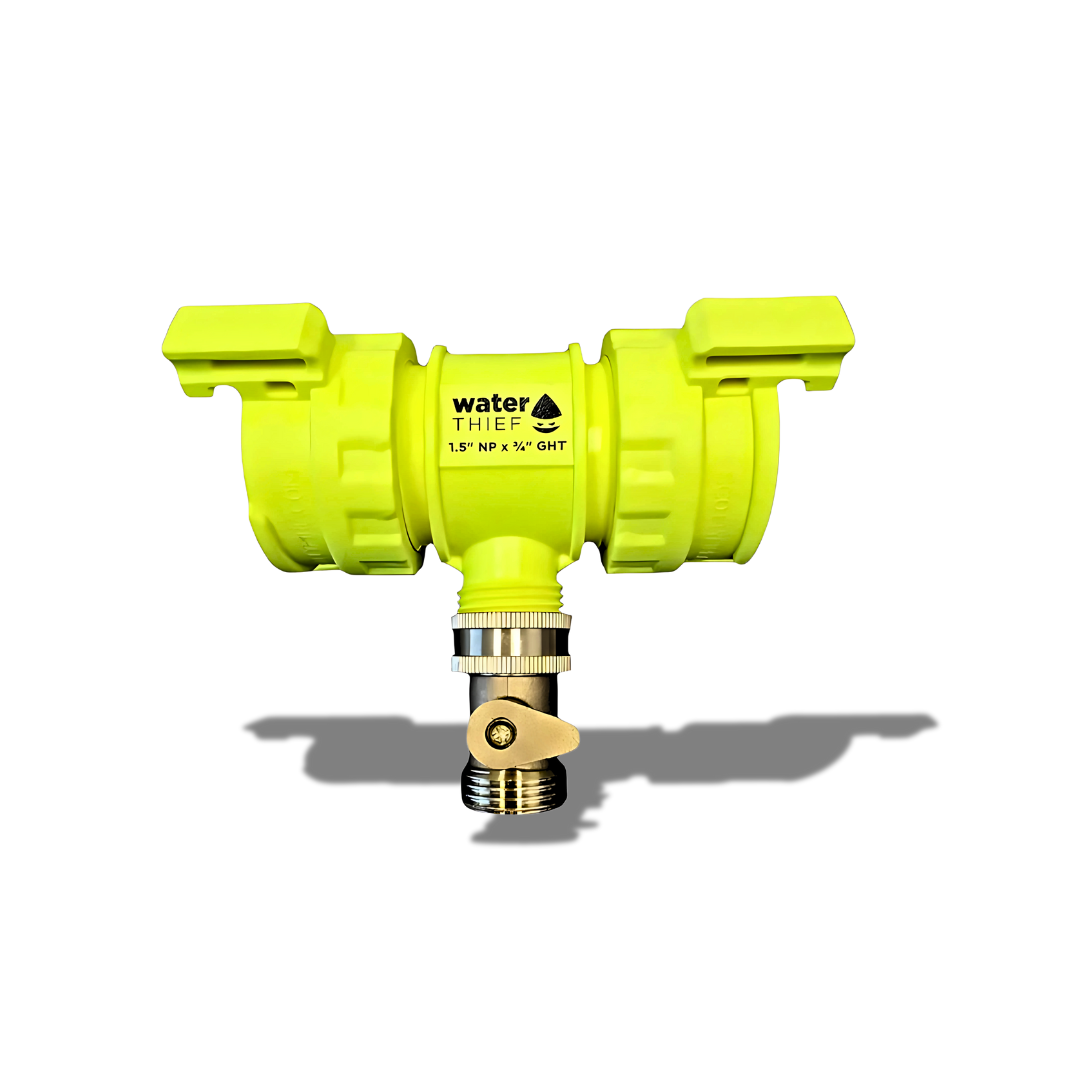For as long as communities have faced the threat of wildfires, detection has been one of the most critical factors in protecting people, property, and natural landscapes. Generations of wildland firefighters, incident commanders, and local volunteers have relied on their eyes, ears, and deep familiarity with the land to spot trouble early. From the days of lookout towers perched on ridges to aerial patrols scanning vast stretches of forest, these traditional methods have saved countless lives and limited devastating losses. Today, as fire seasons grow longer, hotter, and more unpredictable, new tools are emerging that promise to work alongside those time-tested approaches—giving crews the ability to respond faster, more precisely, and with greater safety.
Artificial intelligence, satellite imaging, autonomous drones, and ground-based sensor networks are no longer just concepts for the future. They are here now, being deployed in active fire zones across the world. Rather than replacing the judgment and skill of seasoned firefighters, these technologies are designed to enhance their capabilities, delivering better information in less time and under conditions where human observation alone may not be enough. By combining the hard-earned knowledge of experienced crews with the reach and precision of modern detection systems, agencies can build a multi-layered defense against one of nature’s most destructive forces.
The Evolution of Wildfire Detection
For decades, wildfire detection relied primarily on human observation. In the early 20th century, lookout towers were a common sight in fire-prone regions across North America. Staffed by trained observers who could spot smoke plumes from miles away, these towers were a frontline defense during peak fire season. Aerial reconnaissance later became an important supplement, with small planes flying regular patrols over remote areas. In more recent decades, cameras and weather monitoring stations began to play a role, expanding the scope and consistency of coverage.
These methods remain vital. Even in the era of high-resolution satellite imagery, a seasoned firefighter who knows the terrain can often detect subtle signs of a problem that technology might miss. But the challenge today is scale. Wildfire seasons are starting earlier, lasting longer, and often overlapping with extreme weather events that strain resources. Detection systems that can cover vast areas continuously, regardless of weather or daylight, have become essential complements to the traditional playbook.
Satellites Bringing a New Perspective
One of the most significant developments in modern wildfire detection is the deployment of low-Earth orbit satellite constellations designed specifically for environmental monitoring. Projects like FireSat—developed in partnership with Muon Space and the Earth Fire Alliance—are at the forefront of this movement. FireSat’s network of satellites uses visible, short-wave infrared, and thermal imaging to detect heat signatures from wildfires. With the ability to scan large areas every 15 minutes and detect hotspots as small as five meters across, these satellites can identify potential fires well before they become visible to ground crews or aircraft.
In practice, this means that a fire sparked by lightning in a remote canyon could be detected, verified, and reported to the appropriate agencies before smoke has even reached the canopy. This kind of speed is critical, especially in wind-driven conditions where minutes can make the difference between a controllable blaze and a fast-moving disaster. The data from these satellites doesn’t just provide coordinates—it delivers thermal maps, fire perimeter outlines, and ongoing updates as conditions change. When integrated into command centers, this information allows for faster decision-making and better allocation of suppression resources.
Artificial Intelligence Enhancing Accuracy
While satellites provide the “eyes” in the sky, artificial intelligence supplies the processing power to make sense of the massive volumes of data they generate. AI algorithms are trained to recognize the unique thermal and visual patterns of wildfires, filtering out false positives caused by industrial activity, solar reflections, or other heat sources. In some systems, AI can cross-reference satellite data with ground-based weather readings and historical fire behavior models to predict how a blaze might spread under current conditions.
This predictive capability is not intended to replace human judgment. Instead, it acts as an advisory layer, giving incident commanders a clearer picture of possible scenarios so they can plan accordingly. For example, if AI analysis suggests that a small ignition is likely to run upslope toward a populated area within hours, suppression resources can be pre-positioned for a rapid response. These models can also help crews anticipate changes in fire intensity or direction caused by shifting winds, allowing for safer operations and more effective containment strategies.
Ground-Based Sensors: Detecting Fires at the Source
Not all detection happens from above. Increasingly, fire agencies are deploying ground-based sensor networks in high-risk zones. These compact, weather-hardened devices monitor environmental variables such as temperature, humidity, wind speed, and air quality. Some are equipped with infrared or optical cameras capable of spotting smoke or flames in their field of view. When readings exceed established thresholds, the sensors send automated alerts to command centers, often with GPS coordinates and live data streams.
The advantage of ground sensors is their ability to detect fires in areas where satellites might have limited visibility due to cloud cover or dense smoke. They also operate continuously, regardless of time of day, and can be strategically placed along powerline corridors, in recreation areas, or near critical infrastructure. In regions where human patrols are limited, these sensors act as an ever-present watch, complementing both traditional observation and aerial detection systems.
Drone Technology Extending Reach and Capability
Drone technology has advanced rapidly in the last decade, and wildfire applications are among the most promising uses. Drones can be deployed quickly to assess a reported ignition, capturing high-resolution imagery and thermal data without putting personnel in harm’s way. In active fire zones, drones can fly at night or through dense smoke where piloted aircraft may be grounded, identifying hotspots and mapping fire perimeters in real time.
Some emerging systems involve drone swarms—multiple autonomous units working in coordination to cover large areas or deliver payloads of water or fire retardant. While still in the testing phase, these systems have the potential to provide targeted suppression in areas that are otherwise inaccessible, buying valuable time for ground crews to establish control lines. For reconnaissance and damage assessment after a fire, drones can quickly capture imagery that would take days to gather by foot or vehicle.
Integration: Building a Layered Detection Network
The true power of these technologies lies in integration. A modern wildfire detection strategy might involve satellites scanning broad regions, AI analyzing the data for signs of fire, ground sensors confirming localized conditions, and drones providing immediate visual verification. This layered approach reduces the risk of missed detections, shortens response times, and gives crews the best possible information for making tactical decisions.
Importantly, this model does not diminish the role of human expertise. Firefighters, dispatchers, and incident commanders bring critical judgment, adaptability, and situational awareness that no machine can replicate. Technology is a force multiplier, extending the reach and precision of human efforts, not replacing them.
Respecting the Legacy While Embracing the Future
Seasoned firefighters have built a legacy of resilience and dedication. The tools of the trade—hand crews cutting fire lines, water tenders holding perimeters, aerial drops from helicopters and fixed-wing aircraft—are still as vital today as they were decades ago. What is changing is the speed and precision with which fires can be detected and analyzed, giving those same crews the advantage of acting earlier and with more targeted strategies.
By respecting the experience of the past and integrating the tools of the future, agencies can create a balanced approach that draws on the strengths of both. Lookout towers, patrols, and community reporting remain foundational, but when paired with satellite imagery, AI modeling, and real-time sensor data, they become part of a more comprehensive, resilient defense against wildfire threats.
Looking Ahead
The coming years are likely to bring even greater integration of technology into wildfire management. Expanding satellite networks, improved AI algorithms, and more affordable sensor systems will make advanced detection accessible to more jurisdictions. As interoperability between agencies improves, data sharing will become faster and more efficient, ensuring that detection in one region can benefit crews across an entire network.
For communities, the message is clear: investment in early detection technology is an investment in safety, efficiency, and resilience. By supporting both the tried-and-true methods and the latest innovations, we can ensure that the next generation of wildland firefighters is equipped to face the challenges of an evolving fire landscape—without losing the invaluable knowledge passed down from those who came before.


